The Gateway Arch is one of America’s most famous and recognizable monuments, yet it’s full of surprises. For one thing, most people are surprised to learn it’s part of a national park. Covering 90 acres in downtown St. Louis, Gateway Arch National Park is easily the most uniquely situated of all our national parks, as well as the smallest. Originally conceived as the Jefferson National Expansion Memorial, it was elevated to national park status in 2018.
Designed to commemorate Thomas Jefferson’s vision of westward expansion, the monument was appropriately built in St. Louis, known around the world as the “Gateway To The West”. The official call for design submissions said it best, remarking that the monument was to be “a living memorial to Jefferson’s ‘vision of greater opportunities for men of all races and creeds.’” Gradually the Gateway Arch has lost its connection to Jefferson, and is now seen more generally as a monument to westward expansion.
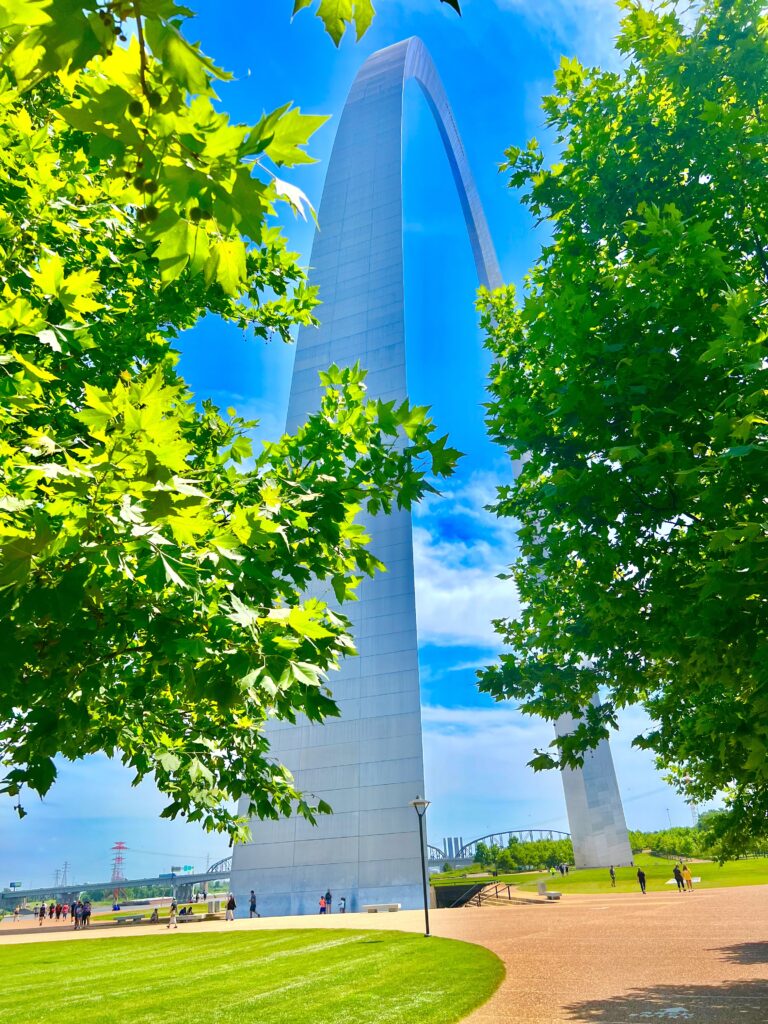
While the Gateway Arch is the centerpiece of the park, it’s not the singular focus. Two other key pieces are the Museum of Westward Expansion, which sits beneath the Arch, and the St. Louis’ Old Courthouse, notable for it’s role in the famous Dred Scott case. While technically not part of Gateway Arch National Park, there’s a third historic landmark that deserves recognition, the Eads Bridge. Crossing the Mississippi River immediately adjacent to the park, the Eads Bridge goes unnoticed by most visitors, but it’s probably the most historically significant landmark in all of St. Louis.
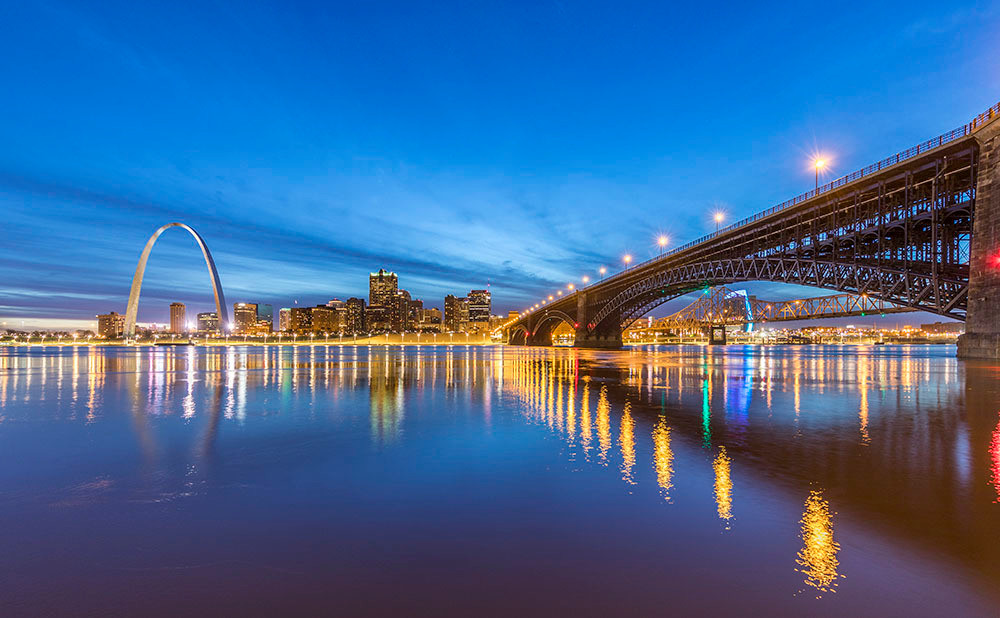
Gateway Arch
As previously mentioned, the Arch is the main attraction of Gateway Arch National Park. Standing 630 feet tall, it’s America’s tallest monument, towering 75 feet above the Washington Monument. Prior to visiting, I knew the monument’s dimensions, and had obviously seen pictures before, but was still surprised at how large it is. The sight of a stainless steel arch, soaring 630 feet into the air, isn’t something you see everyday, and it’s hard to comprehend until you see it in person.
From the ground, the Arch is stunning, an architectural marvel masquerading as the world’s largest sculpture. But as beautiful as it looks from the ground, the real highlight is seeing the view from the top. The Gateway Arch has an observation deck at the top, accessible by a very interesting tram system. The tram by itself is fascinating. The shape of the Arch prohibits using conventional elevators, and the ultimate solution was conceived by a college drop out named Dick Bowser. His solution was a tram that’s part elevator and part ferris wheel, a design still used today.

Once you reach the top, you get to enjoy incredible views of St. Louis. The observation deck is oriented so that if you lean out, you can see directly beneath the Arch, which I don’t recommend if you’re scared of heights. If that’s not a hurdle, then I highly recommend it, the views are amazing, and it’s a really unique experience.
Museum of Westward Expansion
Located beneath the Gateway Arch, the Museum of Westward Expansion is a very informative and well organized museum. Focusing on St. Louis’ role in westward expansion, as well as the history of the Arch, the museum is well worth a visit. Prior to visiting, I had no idea there was a museum underneath the Arch, and it proved to be a very pleasant surprise. I’ll spare you the details here, but needless to say there’s all kinds of interesting history on display.
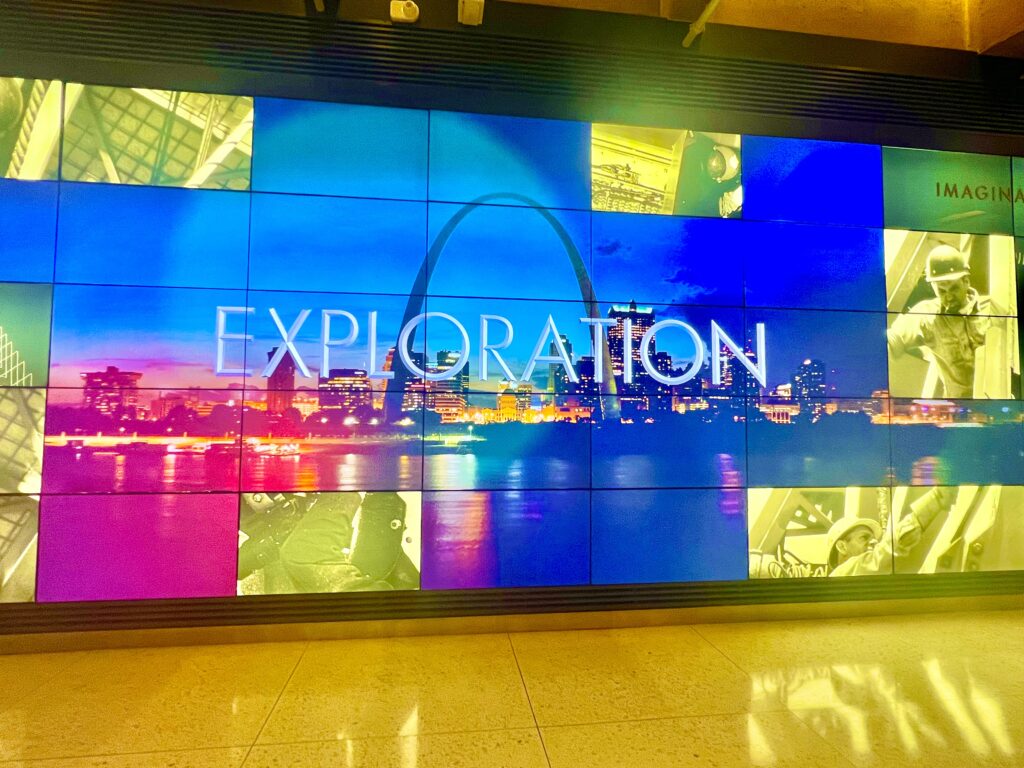
Eads Bridge
Completed in 1874, the Eads Bridge was the world’s very first steel bridge, and is the oldest bridge standing on the Mississippi River. The Eads Bridge was not just the first bridge constructed with steel, but the first major structure of any kind. The success of the Eads Bridge led to further experimentation with steel, and just 11 years later the world’s first skyscraper was built. In 1885, The Home Insurance Building in Chicago was completed, and is widely recognized as the father of modern skyscrapers. The construction of steel buildings forever changed city skylines, and that revolution arguably started with the Eads Bridge.
Fun Fact: The Eads Bridge was the first to have an elephant walk across the bridge to prove its safety to the public. This exercise was famously repeated with the Brooklyn Bridge, but it did not originate there.
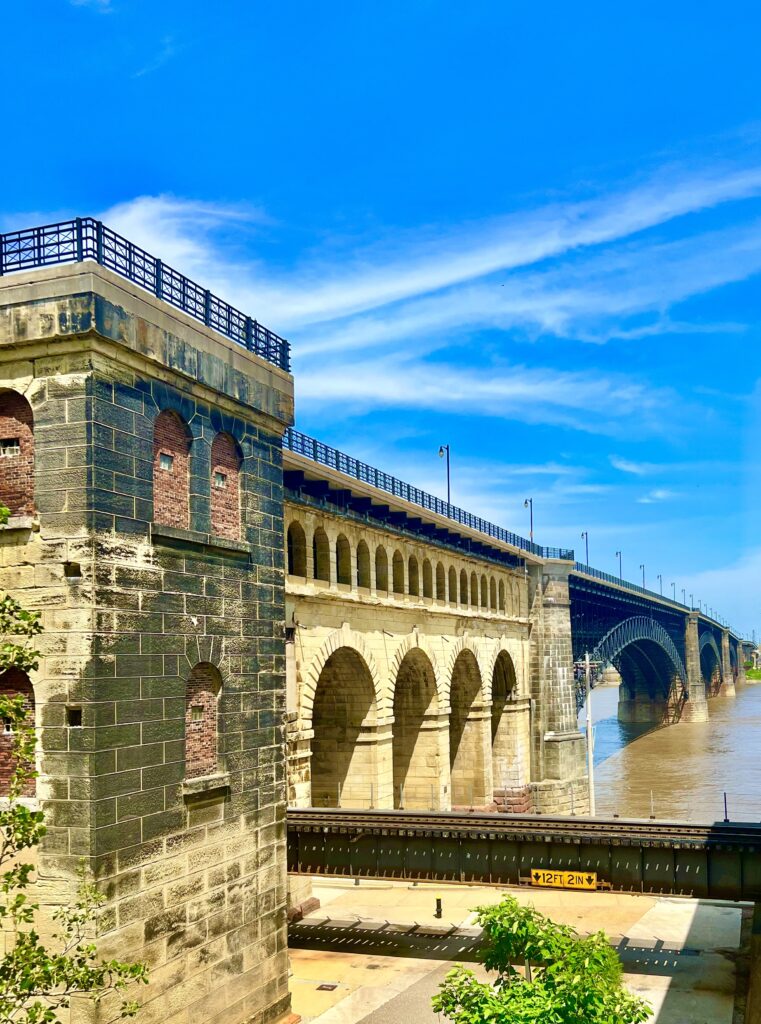
St. Louis’ Old Courthouse
The Old Courthouse was the site of the first two trials of the Dred Scott case, which ended up being one of the most significant Supreme Court decisions in American history. When I visited, the courthouse was closed for renovations, but it was still cool to walk around the exterior of the building. I’ll have to make a return trip once the renovations are finished.
https://www.nps.gov/jeff/planyourvisit/och.htm
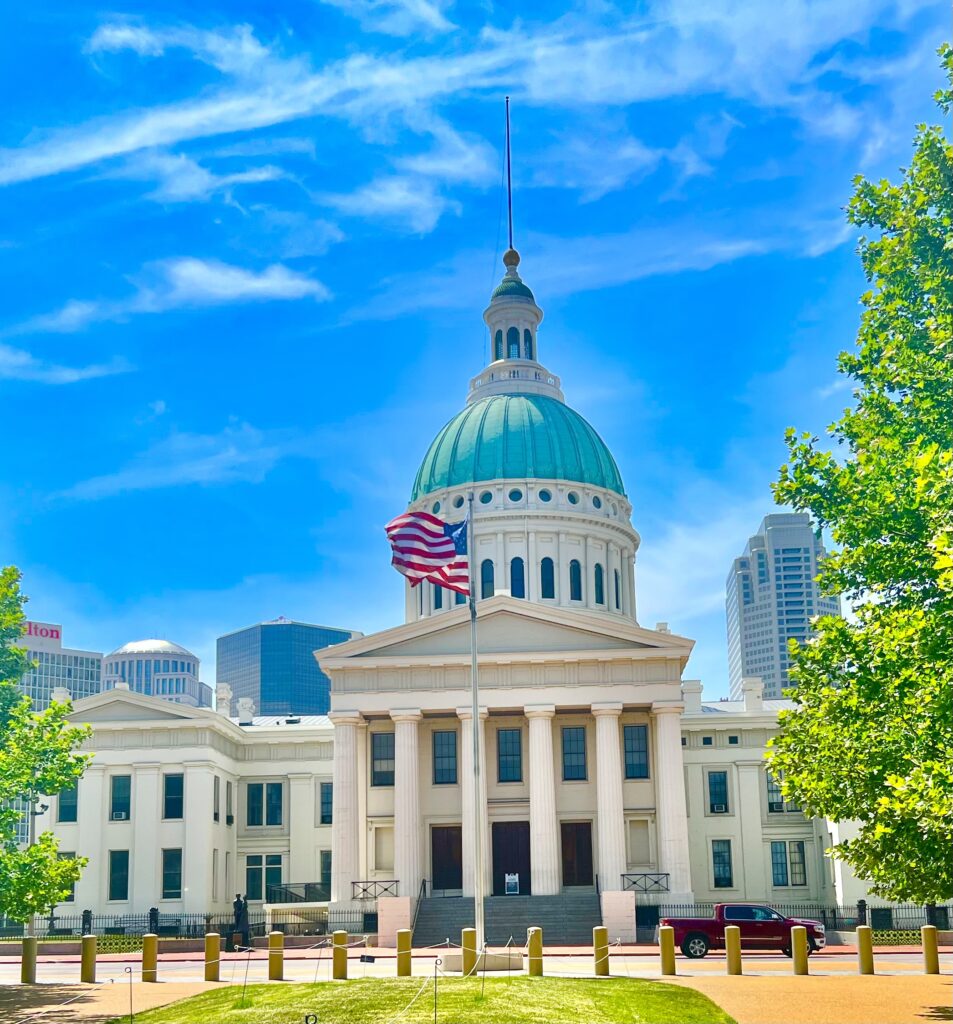
Overall I was very pleasantly surprised by my visit to Gateway Arch National Park. The Gateway Arch is a monument synonymous with St. Louis, and one of America’s most recognizable landmarks. Add in the other historical landmarks in and around the park, and you’ve got plenty to see. Gateway Arch isn’t a standalone destination, but if you’re ever in St. Louis, you’ll want to be sure to visit.

I visited the Gateway Arch a number of years ago. At the time, there was no observation deck where you could lean out and look straight down. When was that added?
I think the observation deck is unchanged from when it was first built, but it’s not obvious you can do it. You have to kind of lay on the area with the windows and then you can look straight down. I only figured it out because I was trying to get a good picture of the Eads Bridge, which required some creativity.
From what I understand, the Fourth of July fireworks show around the arch is possibly the most spectacular in the U.S. and certainly the most well attended — even over NYC and DC. I was there on the 4th one year and it was a madhouse! I didn’t know that many people could make their way to St. Louis.
I didn’t get to go up in the arch, but walked around the base and it truly is a marvel to behold.
If it’s architectural background was a significant part of your decision to make Busch Stadium #2 on your ballpark list then you really need to rethink that. There are timeless architectural marvels (Empire State & Chrysler buildings, Golden Gate Bridge, et. al.), then there are monuments that look like the boring architectural decade in which they are built. The Gateway Arch fits that type. May I ask once more for an umpire review on Busch as #2 on your list? PNC! PNC! PNC!